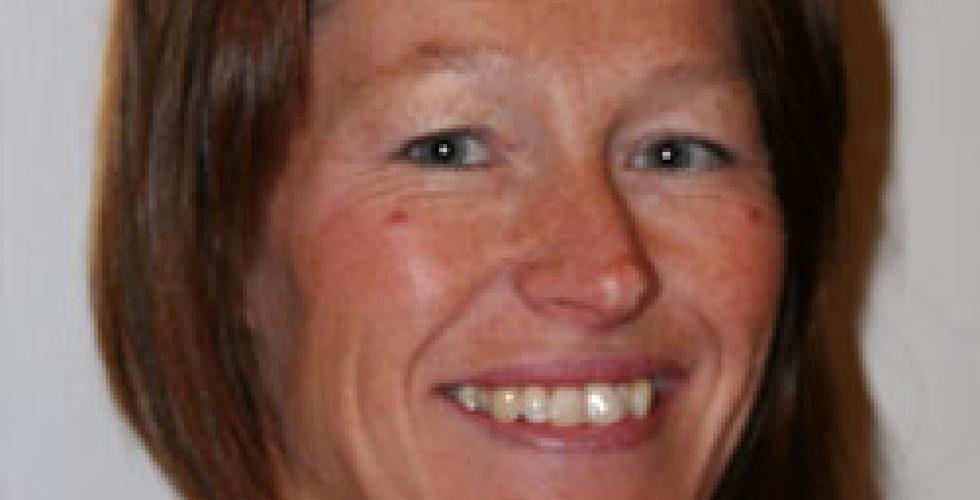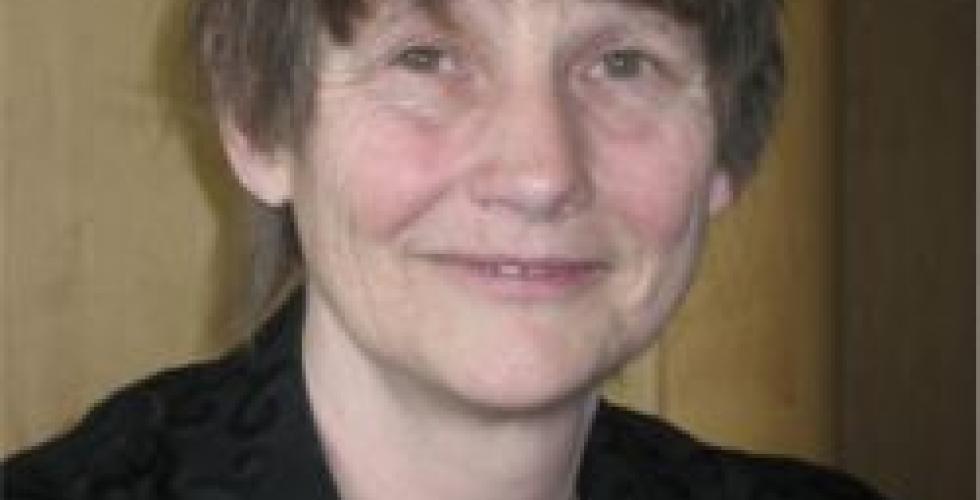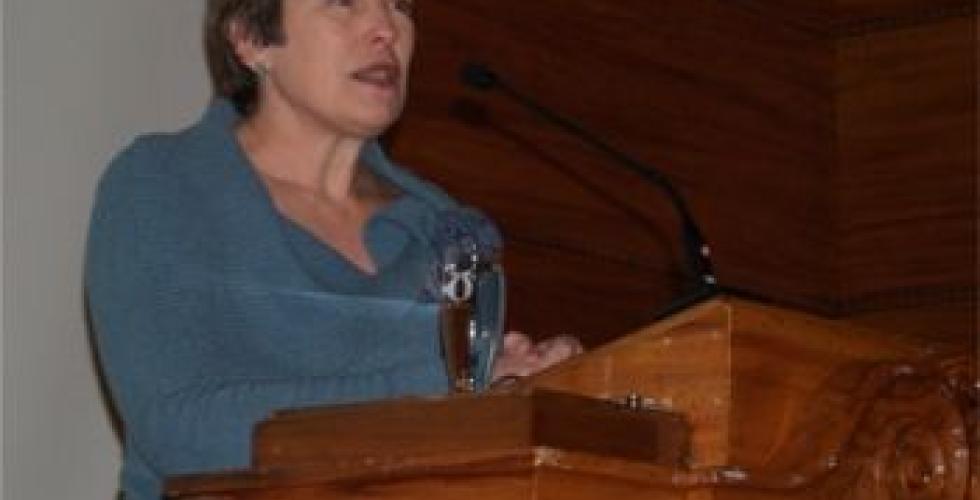Gender equality in 30 years?
The number of women in academia in Norway has increased, yet they are still a minority, and the target that women should make up half of all academic personnel in permanent positions has not been achieved. If the current rate of change in the higher education sector continues at the same tempo as it has in the 1990s and the current decade, it will take another 25 to 30 years before half of those in permanent positions are women. These figures emerge from a new report compiled by NIFU STEP.













